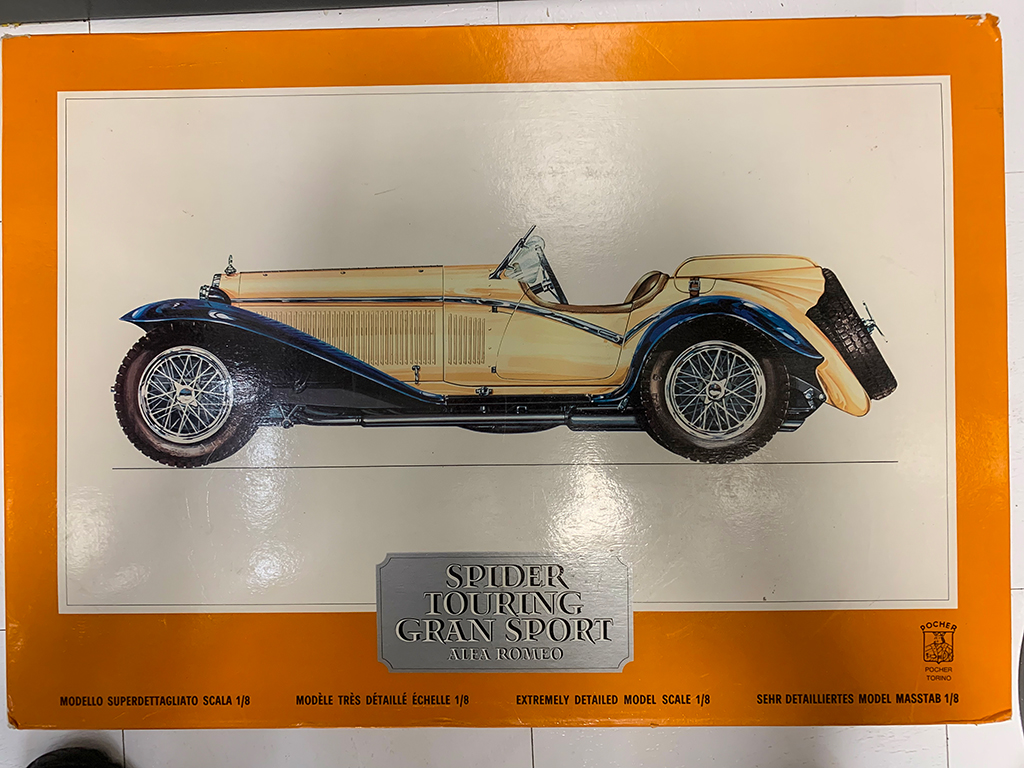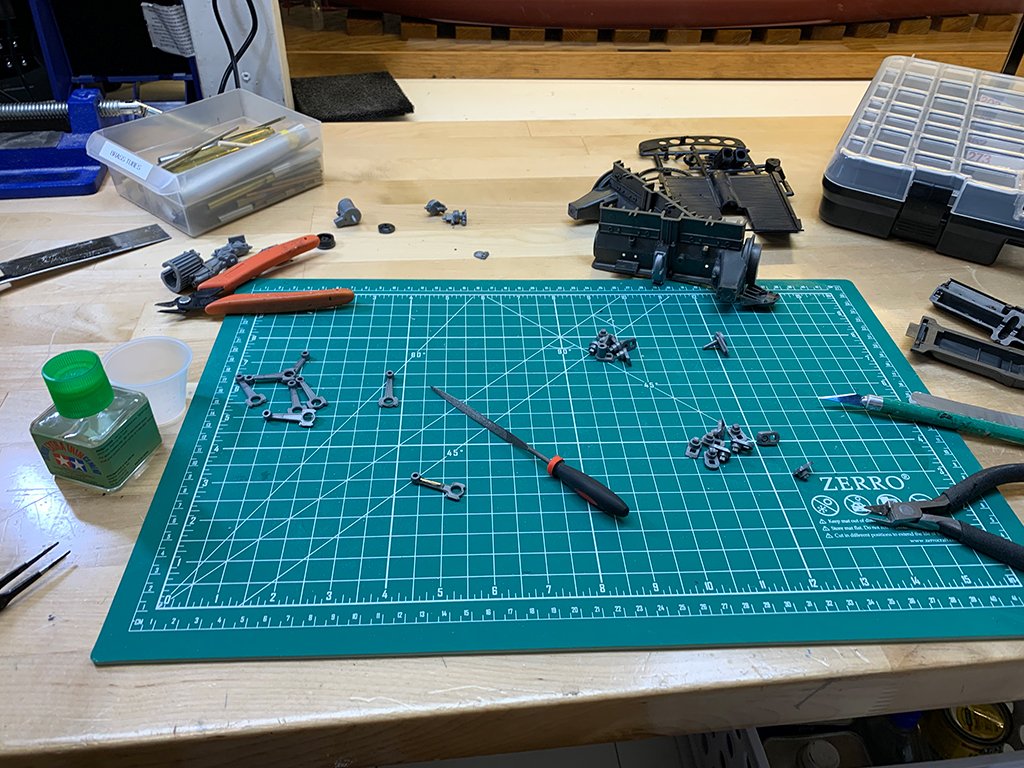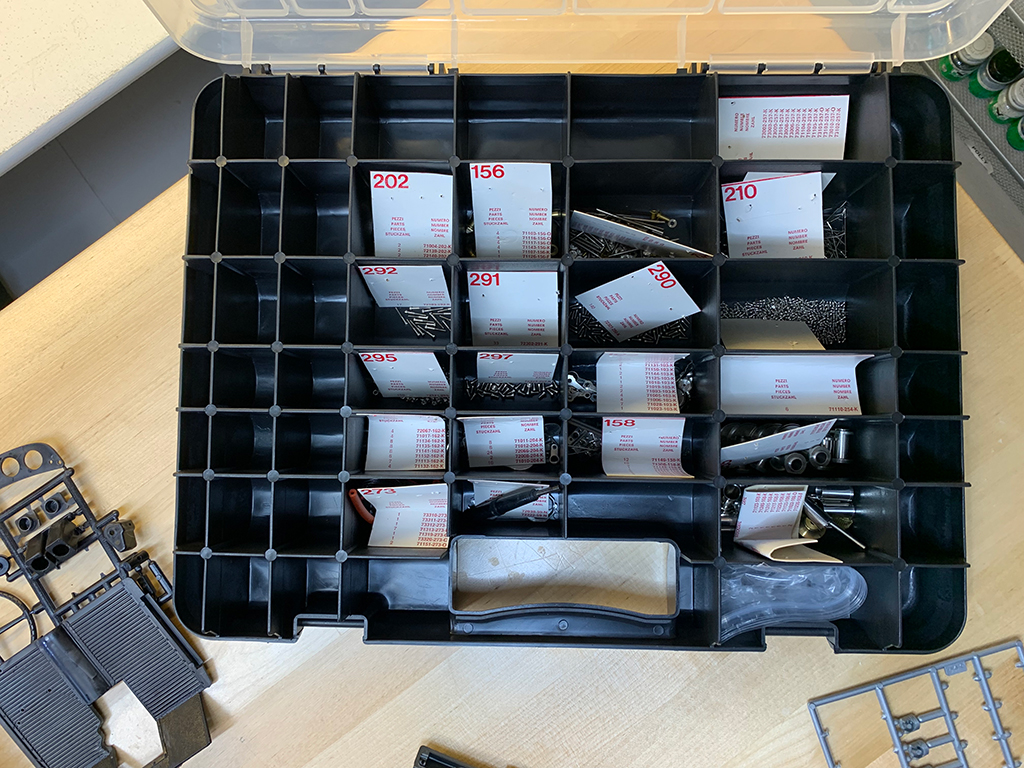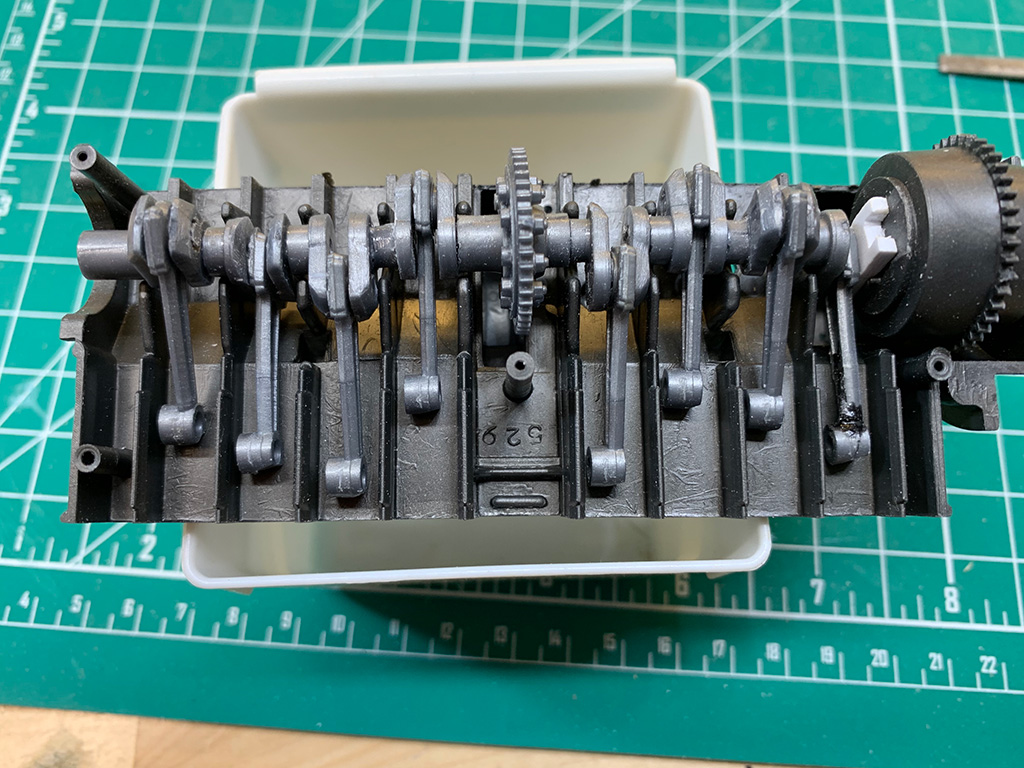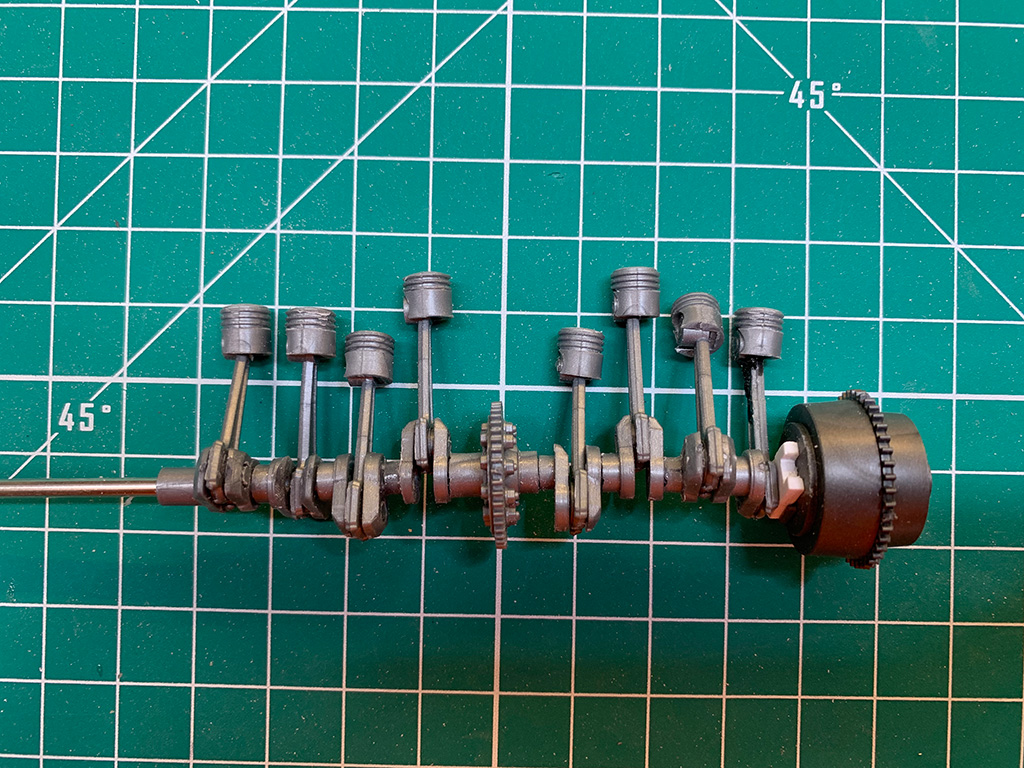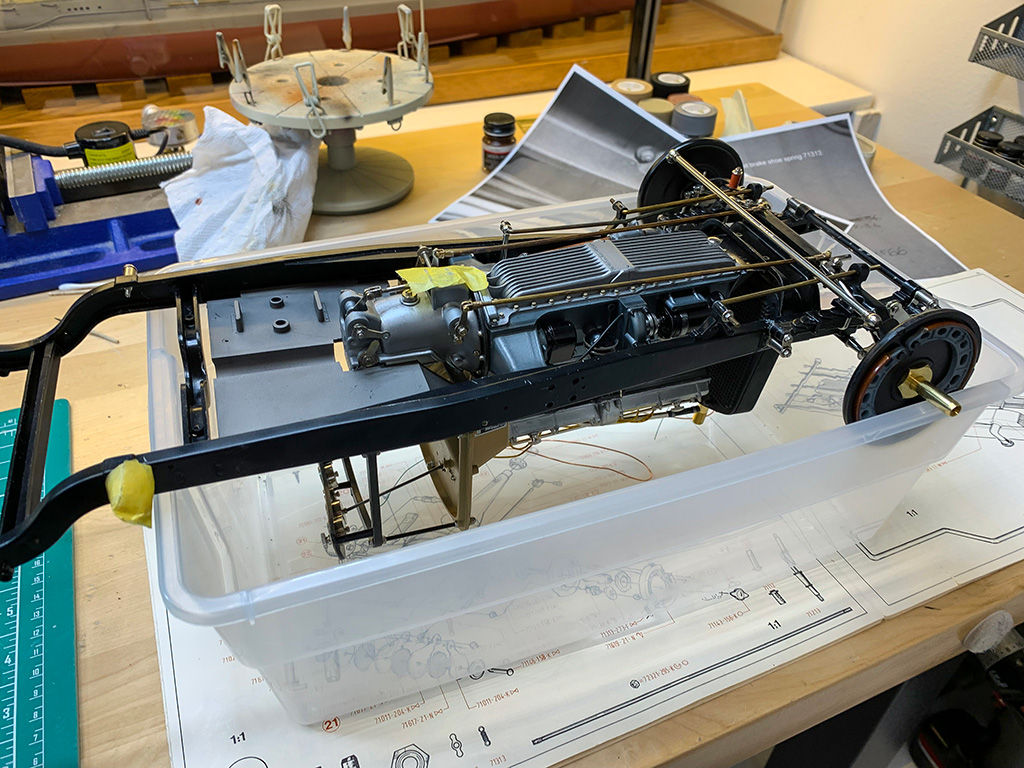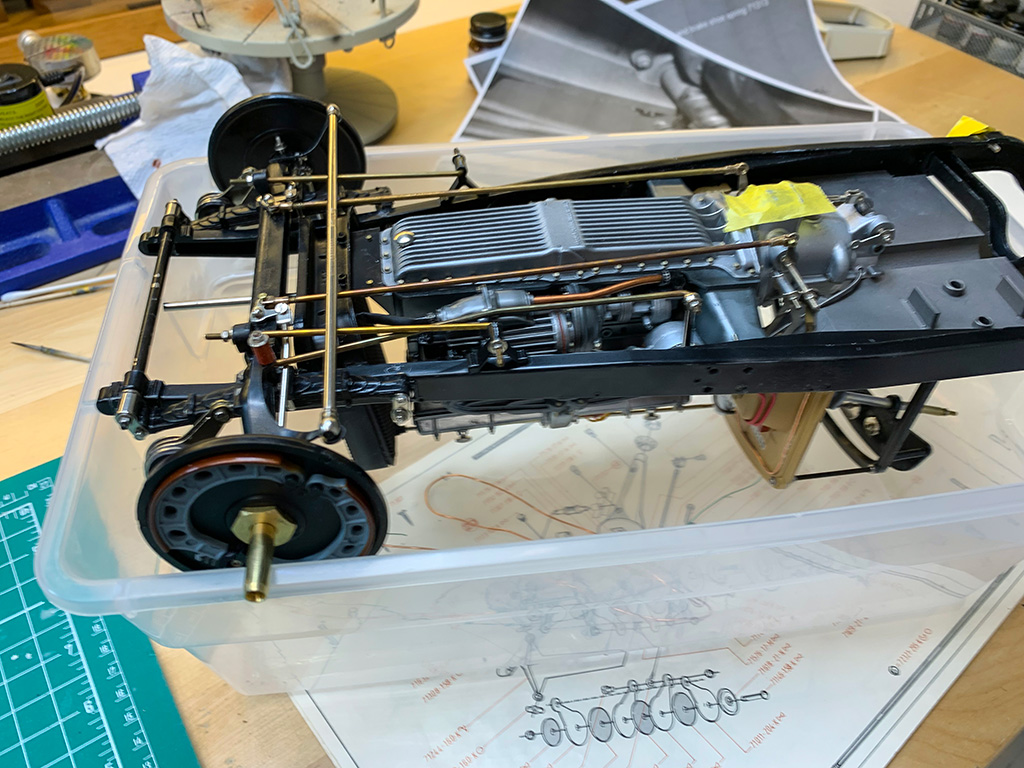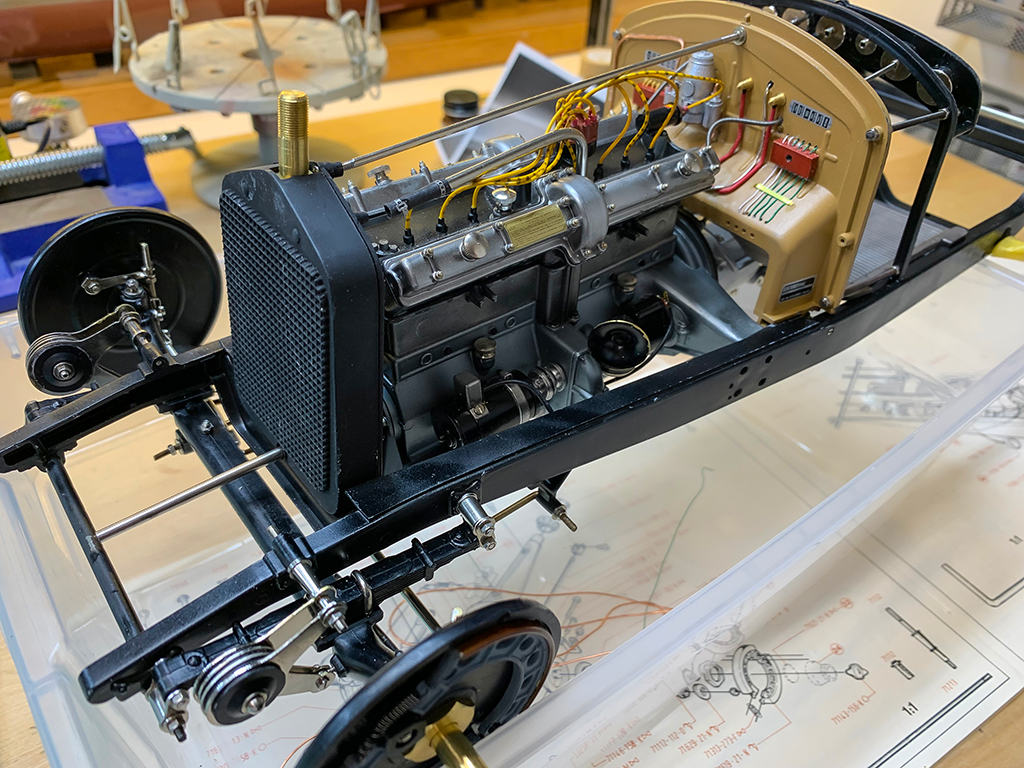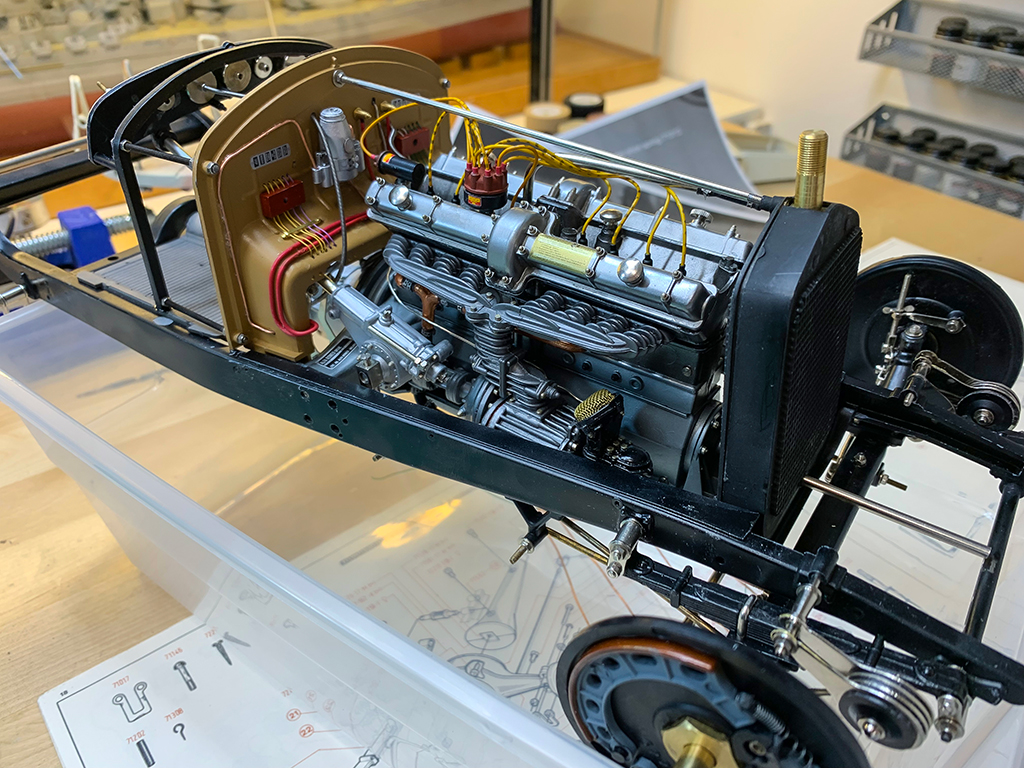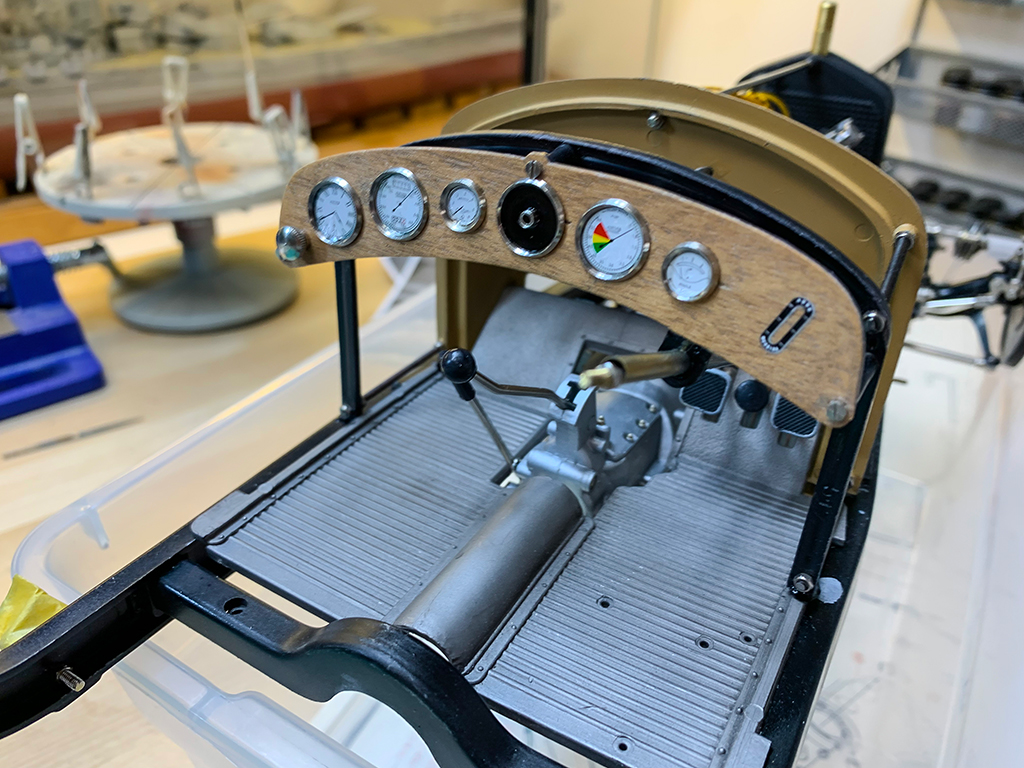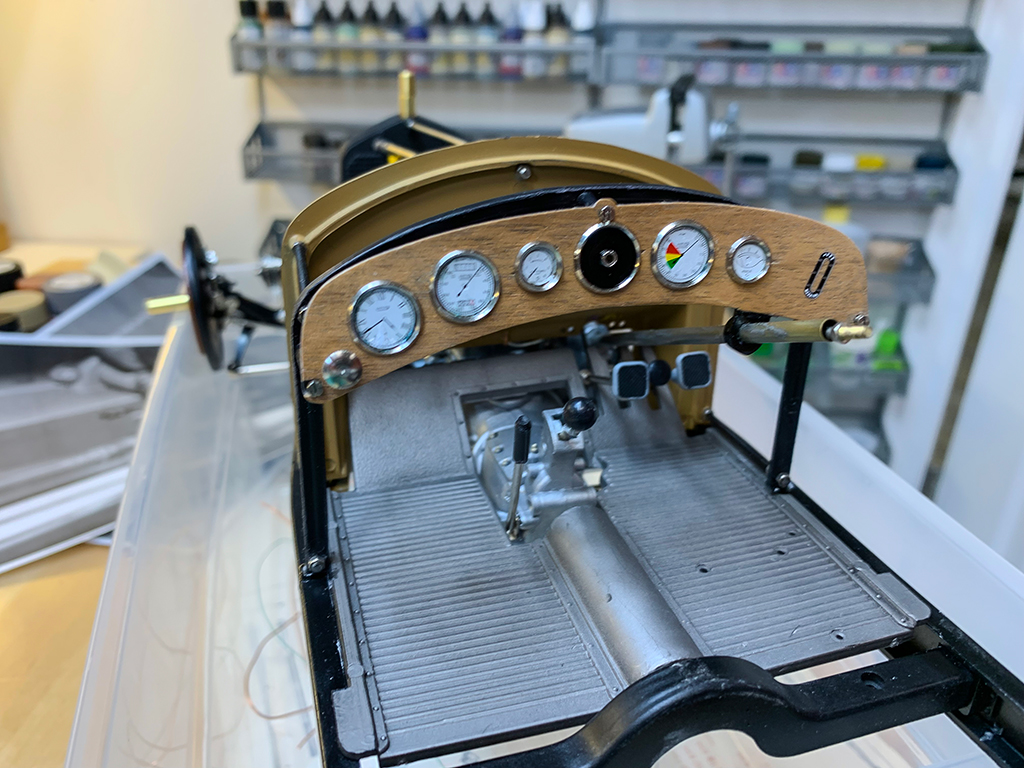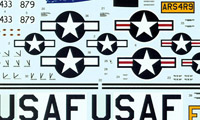11/12/2021 I had two of these kits – the Eduard 1/48 F6F-3. These are very nice kits and contain everything you need – photo etch, canopy masks etc. Since I had two of them, I decided to build both at the same time. I also had the after market wing fold kit so I did one with that addition which was the F6F-3, BuNo 40090, VF-1, Lt. William C Moseley, USS Yorktown, June, 1944
This Hellcat, of VF-1 ‘High Hats’, was a replacement aircraft flown by Lt. Moseley, who lost his original mount in the Battle of the Philippine Sea on June 19th, 1944. On that day, he gained two confirmed victories and one probable, but in an attempt to land his damaged plane back on the deck of his carrier, it was lost overboard. This battle was part of intensive combat with the Japanese from May 29th to August 2, 1944, during which VF-1, flying off the USS Yorktown, claimed the destruction of some 100 aircraft in the air and over another sixty on the ground. The rather carelessly applied number ‘090’ (‘890’?) was left over from the transport of the airplane to the unit, and was supposed to have been replaced with the unit’s insignia. Unfortunately, it never came to that, as Lt Moseley was shot down over the Bonin Islands on July 4th, 1944, and was listed as MIA. His name appears on a memorial in Honolulu. The cowl of this aircraft was of the newer type, with two cooling flaps on either side of the cowl, but still with the exhaust fairing. HistoricalWings.com
The straight wing version was: F6F-3, BuNo 40467, Lt. Alexander Vraciu, VF-6, USS Intrepid, February, 1944
Alexander Vraciu (born November 2, 1918) was a leading United States Navy fighter ace and Medal of Honor nominee during World War II. He once shot down six Japanese dive bombers in eight minutes.
Vraciu's parents had immigrated from Romania at the turn of the century, settling in East Chicago, Indiana, with his father, Alexandru Sr., hailing from Poianadisambiguation needed, while his mother, Maria (née Tincu) came from Sebes. Vraciu lived briefly in his parents' homeland as a child with his parents hoping that that experience would rub off on him and that he would immersed in the culture. In early 1941, he graduated from DePauw University and in June Vraciu enlisted as a naval aviator in the United States Navy Reserve. Vraciu is also a member of the Delta Chi Fraternity.
Vraciu was commissioned as a Naval Reserve Ensign in August 1942. At the end of March 1943, he was promoted to and joined Fighting Squadron Six (VF-6), under Lieutenant Commander Edward "Butch" O'Hare, the navy's first ace of the war. O'Hare made Vraciu his wingman and gave him valuable advice regarding air combat.
The squadron entered combat in October 1943, flying from USS Independence.
Vraciu scored his first victory during a strike against Wake Island on October 10, 1943. He and O'Hare came across an enemy formation; O'Hare went below the clouds to get a Japanese Mitsubishi Zero and Vraciu lost him, but followed a second Zero to Wake Island, where it landed. Vraciu strafed the Zero on the ground. He then saw a Mitsubishi G4M ("Betty") bomber and shot it down. Vraciu later commented: "O'Hare taught many of the squadron members little things that would later save their lives. One example was to swivel your neck before starting a strafing run, to make sure enemy fighters were not on your tail." Vraciu also learned from O'Hare the "highside pass" used when attacking Betties, to avoid the lethal 20 mm cannon wielded by the tail gunner.
The squadron later transferred to USS Intrepid, which was nicknamed "The Evil I" because of a reputation for bad luck. However, Vraciu began downing Japanese aircraft in multiples: three Betties on January 29, 1944 and four fighters over Truk Atoll on February 17. With nine victories, he became and remained VF-6's leading ace of the war.

Although he had an opportunity to rotate back to the US, Vraciu requested additional combat duty and joined VF-16 on USS Lexington. By mid-June he had 12 kills, a record for carrier aviators at the time.
Vraciu's most successful day as an aviator occurred during the First Battle of the Philippine Sea, also known as the "Great Marianas Turkey Shoot", on June 19. Despite a malfunctioning supercharger, he intercepted a formation of Japanese dive bombers and destroyed six in a period of eight minutes. After Vraciu landed, ordnancemen on Lexington discovered that he had used only 360 bullets; on average, each of these six kills had followed a burst less than five seconds long.
The next day, escorting bombers in an attack on the Japanese Mobile Fleet (Kido Butai ), Vraciu downed his 19th victim, making him the foremost US Navy ace by a considerable margin, although he would hold that title for only four months.
Soon afterwards, Vraciu was assigned to the promotion of war bond sales in the US. There he married his sweetheart, Kathryn Horn, with whom he would have three daughters and two sons. Later in 1944, Vraciu managed to obtain a return assignment to the Pacific, flying F6F Hellcats in VF-20. After two missions with VF-20, he was shot down by anti-aircraft fire during a December mission over the Philippines. Vraciu was rescued by Filipino resistance fighters, who appointed him commander of a 180-strong guerrilla unit. Six weeks later he made contact with US forces and was returned to the Navy. Mikitary.wikia.org

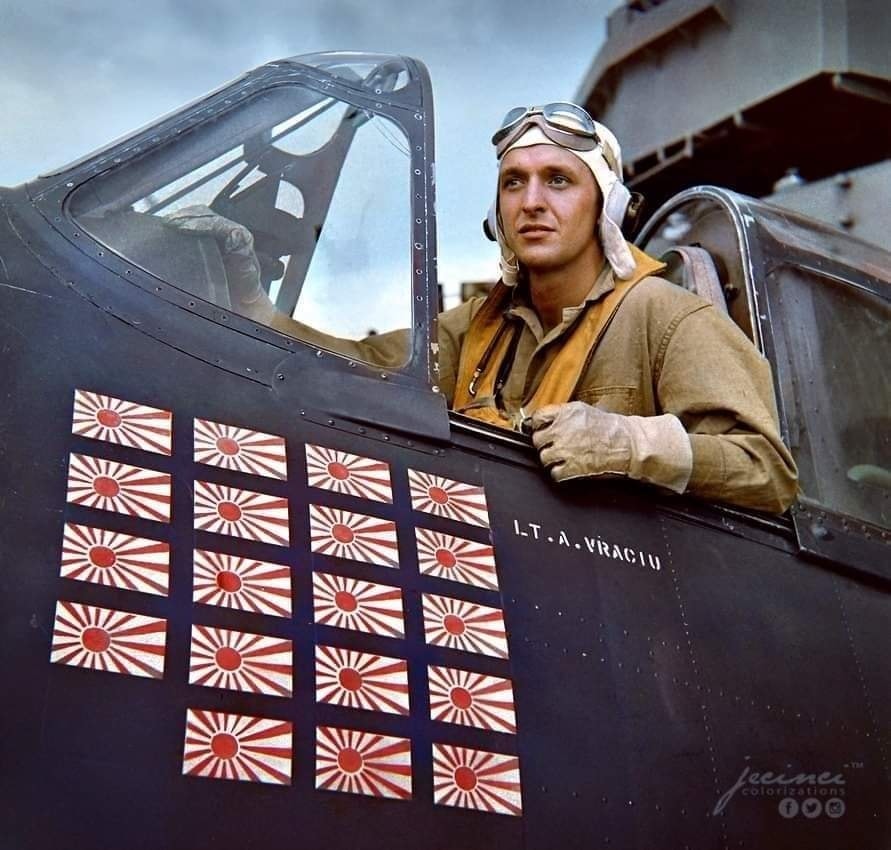
Vraciu ended the war as the US Navy's fourth highest ranking ace. He subsequently became a test pilot and was instrumental in forming the post-war Naval Air Reserve program. Promoted to Commander, Vraciu led VF-51 from 1956 to 1958, winning the Navy's individual gunnery championship in 1957. He retired in 1964 to begin a career in banking.
As of 2013, Vraciu lives in Danville, California. Although retired, he continues to be active on the lecture circuit. Vraciu made an appearance in "The Zero Killer", a January 2007 episode of the History Channel's Dogfights series.
He has persistently declined invitations to write an autobiography. Vraciu cooperated with the Indiana Historical Society Press, however, which in March 2010 published an account of his life, titled Fighter Pilot: The World War II Career of Alex Vraciu.
Enjoying a 19:1 kill ratio the big, powerful and tough Hellcat is the most successful naval fighter ever built. The Hellcat accounted for 75% of all US Navy aerial victories in the Pacific during World War 2 and produced an incredible 306 aces. The Hellcat was relatively easy to fly for a high performance aircraft and easily maintained. The Hellcat’s landing characteristics were docile compared with its contemporary the F4U-1 Corsair. Its wide stance and inward folding wings made it easy to handle on board carriers. Entering combat in the late summer of 1943, the Hellcat quickly established itself as the heir to the ‘Grumman Iron Works’. The Hellcat was the backbone of the Fast Carrier Task Force that led the way across the Pacific during the latter part of 1943 through 1945. The Hellcat’s most celebrated moment came on June 19, 1944 at the Battle of the Philippine Sea, popularly known as ‘The Great Marianas Turkey Shoot’. Hellcats intercepted four Japanese raids against Task Force 58 and swept nearly 600 Japanese aircraft from the skies. In the end Japanese carrier aviation was virtually finished. I’ve always wanted to build a ‘Turkey Shoot’ Hellcat and I was pleased that the Eduard kit featured decals for one from VF-1, flying from CV-10, USS Yorktown. William Reece








VIDEO OF STRAIGHT WING F6F
VIDEO OF FOLDED WING F6F
